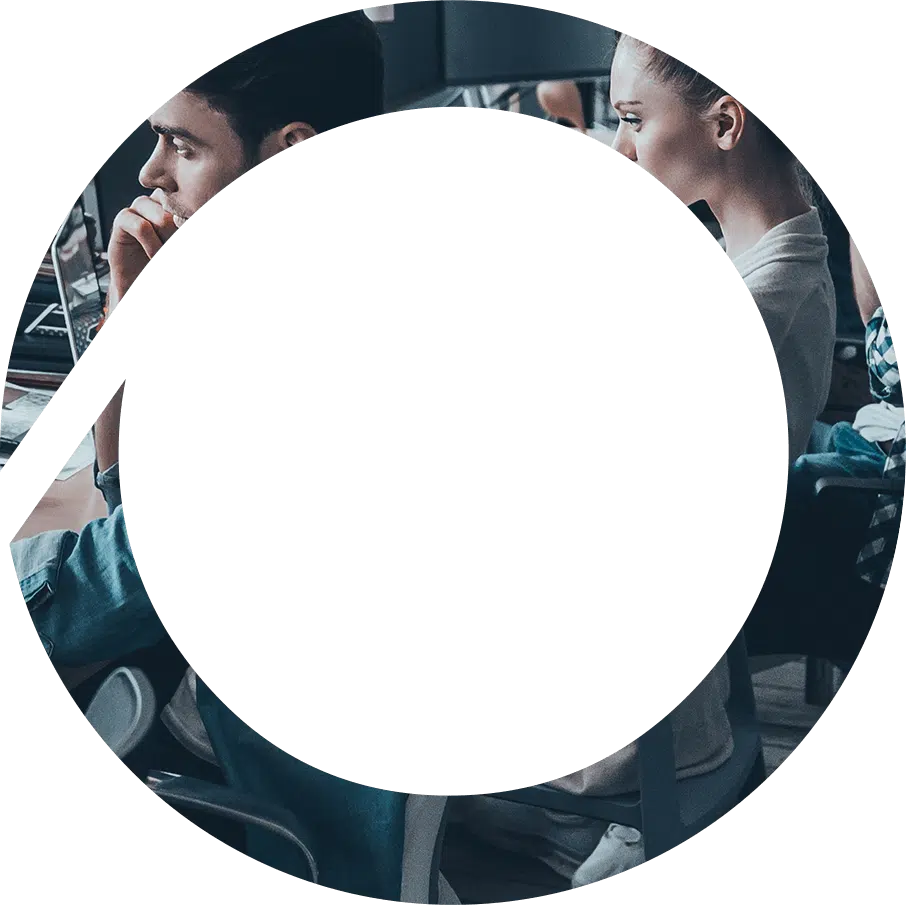As a business owner, optimising labour for maximum productivity and profitability is imperative. Labour demand forecasting helps you achieve this goal by forecasting the demand for labour in your business and giving you the tools to create an efficient and productive workforce. With knowing how labour demand forecasting works and utilising labour management software, businesses can experience between 3% and 5% increased revenue for the same costs.
There are many examples of how matching staff to demand can increase revenue. In shops, restaurants and casinos, it allows business owners to match the available staff to the customer demand, thereby maximising sales. In a factory setting, it enables the business to assign the right number of staff to carry out the tasks needed to meet production goals.
What is a labour demand curve?
Fundamentally, labour demand forecasting is the process of predicting the amount of labour needed to meet customer demand by role for every hour a business operates in a given period, normally a week.
Here is an example of a demand curve for a seven-day period with Monday’s curve highlighted and showing at a bigger scale on the large bottom screen. It shows the number of staff for the role of dealer for every hour that a casino is open on 21st November 2022. You can clearly see the peaks and troughs in employee demand during the week.
It also shows that there is increased demand for short periods of time. For example, two additional dealers are required for just one hour. A demand curve should always reflect these peaks and troughs, even though scheduling someone for one hour is difficult. Once the demand curve is exported to an AI auto-scheduling tool, the AI will often find solutions to these problems, for instance, by overlapping the end of one shift with the beginning of another to ensure two extra staff are onsite to cover the peak.

How do I create a labour demand forecast?
Creating a labour demand forecast is done in two stages:
- Create forecasts of all factors that correlate with staffing levels:
- Take those forecasts and predict the optimal level of staff by role required to meet that level of customer demand
How has labour demand forecasting been traditionally created?
In more manual, spreadsheet-driven processes, a demand forecast would often be driven by sales with a year-on-year growth factor applied to last year’s numbers. Then a percentage of staff costs to revenue is applied across the whole company to create a staff budget which is then converted to a staffing level for each hour.
Often labour standards and an operating model have been created by time and motion experts that have studied all of the tasks related to the role, particularly serving customer demand. This model is used to calculate the number of staff required for any given level of sales.
This process gives a good estimate of the required staffing level and can be within 2-5% of the required levels. However, the same operational model and labour standards are applied to every store and to sales forecasts that are often not that accurate. In more modern systems, AI is used to create multiple different forecasts of factors that correlate with staffing levels as well as using AI to predict the optimal level of staffing. The more modern systems allow business owners to drive an increase in revenue.
What factors that correlate to staffing levels do I need to predict?
If you use an AI-powered forecasting tool, you should be able to generate multiple forecasts, ensuring a more accurate demand curve.
- Weather
- Revenue
- No of items
- No of baskets/transactions
- Tasks (such as receiving a delivery or stacking shelves)
- No of customers on site
- Local events
- Bookings
- Online orders/click and collect
You can see from this list that there are lots of factors that a demand curve needs to take into account, and if you have multiple locations, you will need to generate all of these forecasts for each venue. Sometimes you will need them weekly, but you may also need them re-forecast daily or in real-time.
You need AI or machine learning and excellent data engineering to create bespoke forecasts every time.
What historical data do I need to create these accurate forecasts?
In order for a forecast to be made, you will need historical data which matches what you wish to forecast. You will often need to do a multivariate forecast, meaning that the AI will base its forecast on more than one data set. For instance, if your revenue number is sensitive to weather, the AI will need to see historical weather data and revenue data.

How are the forecasts converted into demand curves?
An AI labour demand forecast is likely to look at historical staffing levels and historical data, which relates to the forecasts that correlate to staffing levels. The AI looks for patterns between staffing levels and historical performance and, for instance, the impact that more or less staff has on the revenue levels.
For example, imagine the footfall was identical on a number of occasions, but staffing levels and revenues varied and correlated. The AI would look for patterns in how staffing levels impacted the revenue and predict the optimal no of staff per role per hour.
This is a gross oversimplification of what AI is capable of, however, it does show why the Labour Demand forecasting AI needs to see more than just revenue. It needs to see several sets of historical data and matching historical staffing levels. The AI is then shown the forecasts for the coming week, and by matching what it has learned from historical sales and staffing data, it will predict an optimal staffing level for each role for the period being predicted.
Conclusion
Labour Demand Forecasting helps businesses to optimise their workforce and increase their profitability. Business owners can create an efficient and productive workforce by collecting data, calculating labour standards, generating a sales forecast, and analysing the results.
Once an accurate demand forecast has been generated, it can be exported to workforce management software and used to create a schedule. If the schedule accurately matches the labour demand forecast, businesses can experience increased revenue for the same costs.
Related articles
Can Labour Demand Forecasting solve your staff shortages?
Why do you need Labour Demand Forecasting?
What are the different methods for Labour Demand Forecasting?
What is labour demand forecasting?




